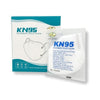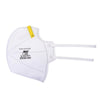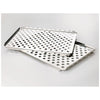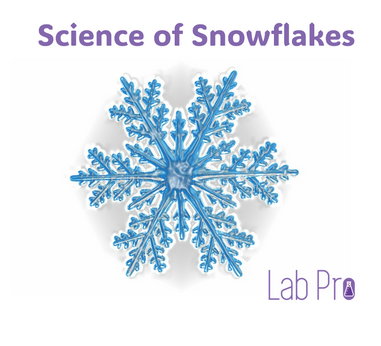- No products in the cart.
What Is Elephant Toothpaste?
Introduction
Elephant toothpaste is the result of a fun demonstration to do especially with children. In the demonstration, a giant foaming reaction is created that resembles a large amount of foamy toothpaste being squeezed from a tube that would only be appropriate for elephants to use due to its massive volume.
Background
One of the key ingredients in this experiment is hydrogen peroxide. Hydrogen peroxide is generally used as an antiseptic for killing bacteria. It’s often used to clean cuts and scrapes.
Hydrogen peroxide is a liquid made from two hydrogen and two oxygen atoms. This liquid is typically stored in dark brown bottles because it tends to break down when exposed to light. When hydrogen peroxide does break down, it breaks down into oxygen and water. Typically this breakdown occurs slowly but it can be sped up by adding a catalyst.

The catalyst in this experiment is yeast. Yeast contains a chemical called catalase which speeds up the process of breaking the hydrogen peroxide into water and oxygen gas. The speed at which the breakdown occurs depends on the concentration of hydrogen peroxide.
When the oxygen breaks apart from the hydrogen peroxide, it creates lots of bubbles. By adding dish soap, the bubbles become trapped and create a lot of foam. The foam looks like a giant fountain of toothpaste.
We have the enzyme Catalase in our bodies too. That’s why the 3% hydrogen peroxide bubbles when it is applied to a cut or scrape. The oxygen released kills the germs in the cut or scrape acting like an antiseptic.
Cautions
There are a couple of things to keep in mind when doing this demonstration. Unreacted hydrogen peroxide can irritate the skin and eyes so depending on the concentration of the hydrogen peroxide, do not allow contact with skin or eyes. Gloves should be worn as a precaution. Also, this is not really a toothpaste so do not attempt to use it.
Materials And Ingredients Needed For Elephant Toothpaste
- Determine a location that will accommodate spills
- Safety glasses
- 3% hydrogen peroxide
- Dry yeast
- Liquid dish soap
- Warm water
- Empty plastic bottle
- Measuring cups
- Measuring spoons
- Large tub or tray for spillage
- Liquid food coloring (optional)
- Various sizes and shapes of bottles (optional)
What Is The Secret Ingredient In Elephant Toothpaste?
The secret ingredient in Elephant Toothpaste is the catalyst in the yeast called catalase. Cells in the yeast contain catalase which breaks down or decomposes the hydrogen peroxide into oxygen and water at a very fast rate. The catalyst or catalase does not become part of the product of the reaction.
Preparation
There is not much involved in preparing for this demonstration other than gathering all of your materials and putting safety glasses and gloves on.
Procedure
- Pour ½ cup of hydrogen peroxide into a bottle.
- Squirt the dish soap into the bottle and gently shake.
- Add food coloring directly to the hydrogen peroxide and gently shake. For ‘toothpaste’ stripes, let drops of food coloring drip down from the inside rim of the bottle’s mouth. Do not mix.
- Combine one tablespoon of yeast and three tablespoons of warm water. Stir for 30 seconds.
- Pour the yeast mixture into the bottle.
- Step back and watch the reaction.
Optional:
- Try the demonstration without the dish soap. Note the difference.
- Do the demonstration with different shaped containers. What happens?
Observation and Results
When the hydrogen peroxide, dish soap, and yeast are mixed, a lot of foam and bubbles are created. This combination of hydrogen peroxide and yeast quickly breaks the hydrogen peroxide down into water and oxygen. The dish soap traps the gas bubbles and forms the foam.
As long as there is hydrogen peroxide and yeast, the reaction will continue. When one of them runs out, the foam will cease. If you did the activity without the dish soap, bubbles are still created but not the foam.
Another interesting observation is that the experiment causes a reaction called an exothermic reaction. Not only was foam created but heat was also generated.
Cleanup
Wash the foam down the sink. Wash measuring cups, measuring spoons, tub or tray, and all bottles. Be sure to wash your hands thoroughly. Put all materials and ingredients away.
Conclusion
This is a great classroom or at-home activity that teaches and demonstrates the effects of a catalyst on a chemical reaction. Basic chemical reactions, phase changes, and catalysts can all be part of the learning objective with this fun activity.
Lab Pro offers a large variety of science kits for students. For over 40 years, Lab Pro Inc. has been committed to delivering the highest quality chemicals, lab equipment, distance learning kits, lab supplies, and cleanroom PPE apparel to medical device companies and laboratories worldwide. To learn more, visit the biggest Lab Supply showroom in California, or contact us online or at 888-452-2776.












































